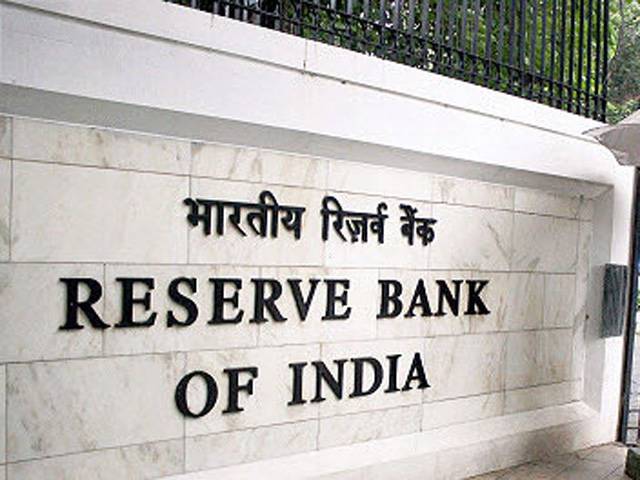Next RBI chief faces balancing act on bank clean-up

MUMBAI India’s next central bank chief faces a tricky task completing a bank clean-up spearheaded by outgoing Governor Raghuram Rajan, while coping with the demands of a government that is desperate to see a revival in lending to businesses.
Rajan was feted by investors for his efforts to deal with a mountain of bad debt clogging India’s financial system, but his critics say an excessive focus on asset quality has scared banks out of lending and is partly to blame for credit growth slumping to a near two-decade low.
“The bad thing is that funding by banks has almost stopped. There’s too much negativity. The government may not want it to precipitate more,” said a senior banker, adding it would be hard for the new governor to push balance sheet reform much further.
Senior officials have told Reuters the government has narrowed down to four its list of candidates to replace Rajan, who stunned markets when he announced on June 18 he would not seek reappointment in September.
Rajan, a former International Monetary Fund chief economist, has spoken out against India’s “crony capitalism”, which has seen banks endlessly rolling over dud loans to companies, and insisted lenders fully reveal the extent of bad assets and undertake “deep surgery” to deal with them by March 2017.
A review of banks’ asset quality by the Reserve Bank of India (RBI) has brought to light roughly $ 35 billion of new bad loans since September.
As the clean-up has taken hold, loan growth slipped to 10.7 percent in the last fiscal year to the end of March, the slowest in almost 20 years.
The risk is that clamping down too hard on lending crimps economic growth, stoking a vicious cycle of more defaults and lower business investment and production.
Finance Minister Arun Jaitley said in a recent television interview with the Zee Media network that banks should strike a balance between expanding credit and cutting non-performing assets, warning them not to stop lending as a “panic reaction”.
NO AGREEMENT ON HAIRCUTS
Moody’s analyst Gene Fang said that pushing for growth before completing the clean-up of bad debts would strain banks’ capital ratios.
“Stimulating more loan growth now would only delay or derail corporate deleveraging,” said Fang.
Meanwhile, bankers say a shortage of well-capitalised funds specialising in buying bad loans, a sluggish legal system and an inability to decide on the size of “haircuts”, or losses borne by creditors, have all slowed efforts to tackle the problem.
“To some extent a few things were quite harsh knowing very well that the economy is not doing very well,” said another senior commercial banker, who declined to be named as he did not want to be seen as speaking against Rajan.
“And you don’t have those kinds of stressed assets funds, (and mechanisms) for banks to take haircuts and move ahead.”
The RBI’s debt-for-equity swap scheme, which allows banks to take temporary majority control in defaulting companies, has been seen as a failure, with banks struggling to find buyers for stakes they have taken in companies sitting on $ 15 billion worth of loans. A new scheme is not seen as a game changer.
While central bank officials say there is no going back on the clean-up, a senior policymaker said the March 2017 deadline was not “cast in stone”.
Investors remain keen however, to see Rajan’s reform agenda run its course.
“Any deviation from any of the proposed reform measures or reform momentum will, of course, be negative,” said Kenneth Akintewe, Fixed Income (Asia) Senior Investment Manager, at Aberdeen Asset Management. ($ 1 = 67.4700 Indian rupees)
(Reporting by Devidutta Tripathy and Suvashree Dey Choudhury; Editing by Alex Richardson)










